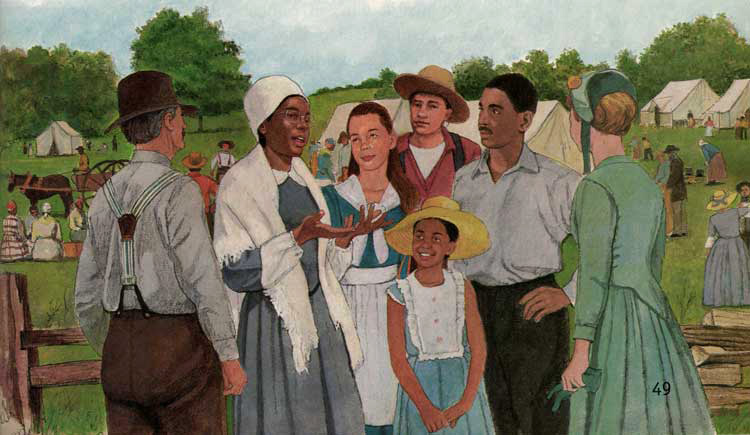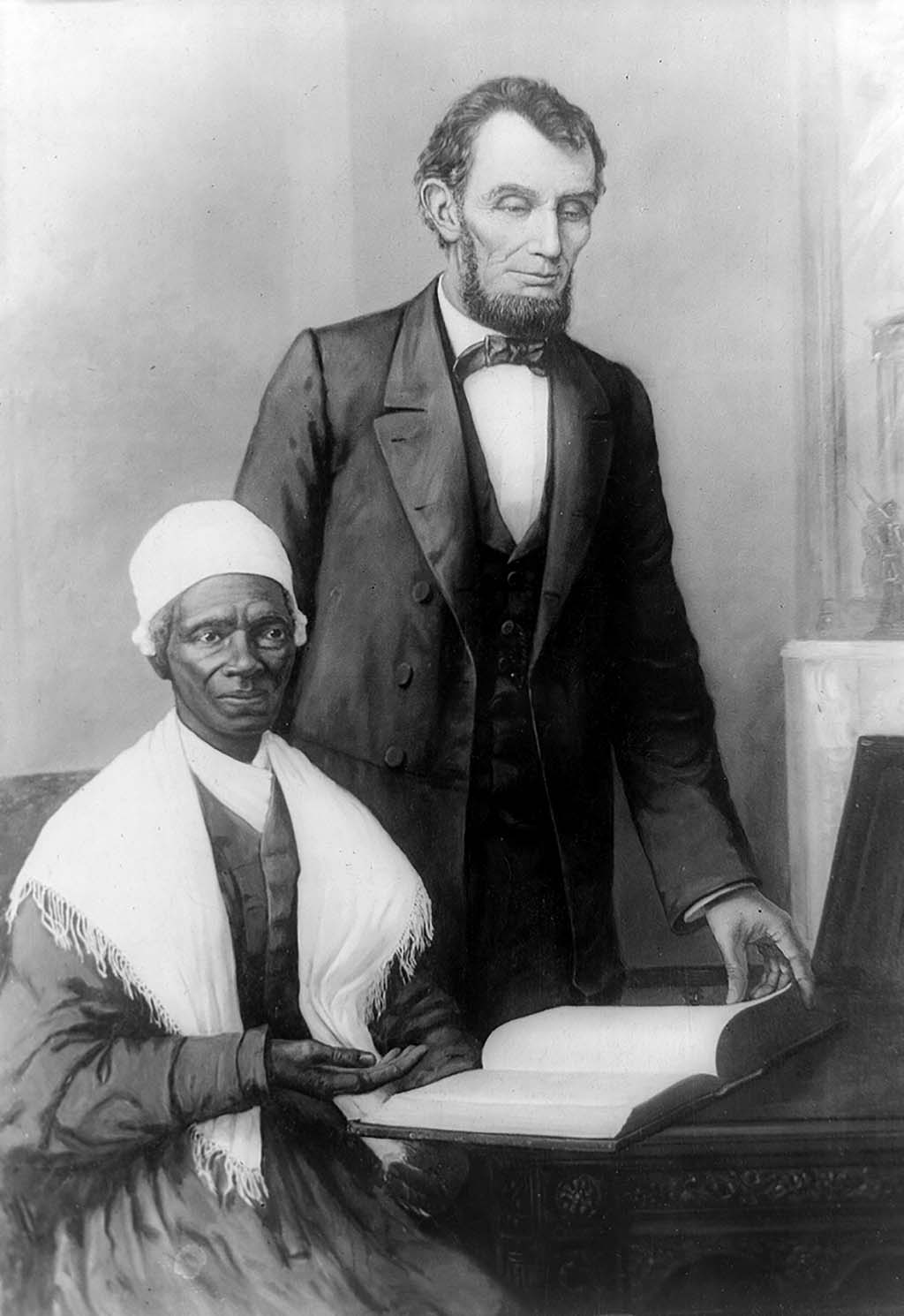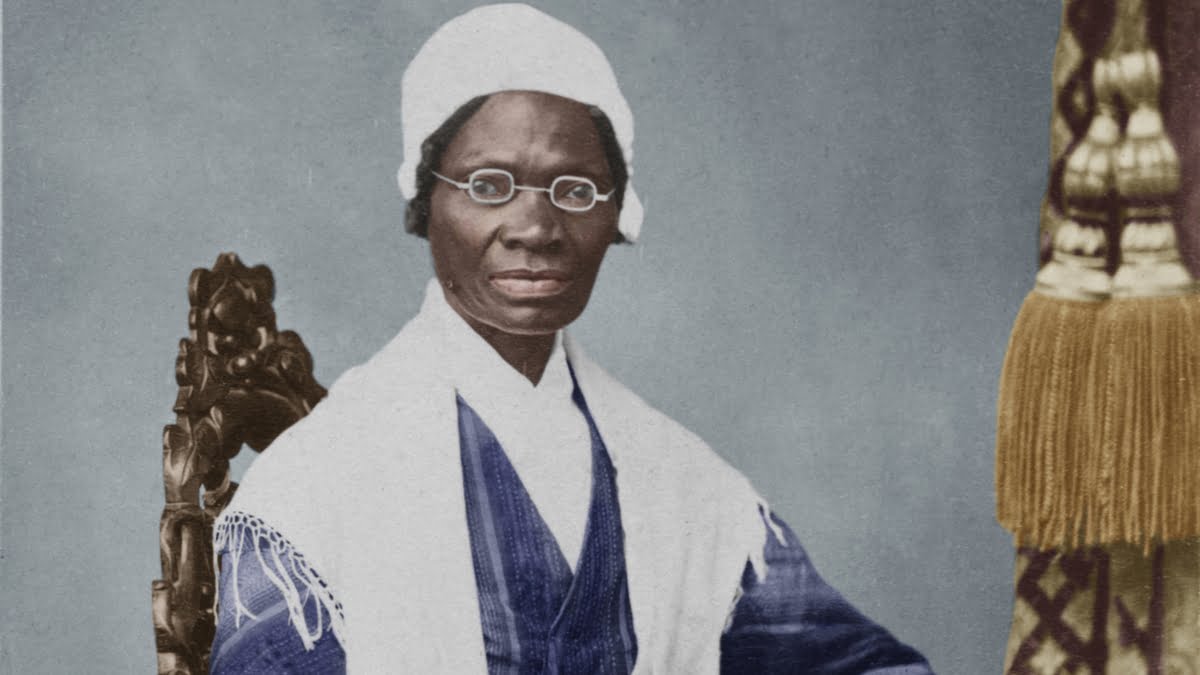“Truth is powerful and it prevails.” – Sojourner Truth
The first wave feminist movement paved the way for the next stages of the movement; it also acted as a guided principle to avoid double standards. It is important to address how the first wave feminist movement marginalised and silenced the experiences of women of color and lacked inclusion. One such woman was Sojourner Truth.
Sojourner Truth was an African-American activist and author who spent her early life in the shackles of slavery. In 1851, at Women’s Convention, she questioned the hypocrisy within the then first-wave of feminist movement and delivered her famous speech, ‘Aint I a woman?’
A sense of racism prevailed within the first-wave feminist movement and it is important to talk about the black women revolutionaries who have addressed this double standard and contributed to where we are standing today as part of a large growing movement. One such champion of women’s rights to vote and the abolitionist movement was Sojourner Truth. She was an African-American activist and author who spent her early life in the shackles of slavery. In 1851, at Women’s Convention, she questioned the hypocrisy within the then first-wave of feminist movement and delivered her famous speech, ‘Aint I a woman?’
Also read: A Brief Summary Of The First Wave Of Feminism
Sojourner Truth was born as Isabella Baumfree to a slave in the Dutch family in Ulster Town, Newyork, 1797, where she was the youngest of the 12 children. Sojourner Truth’s first language was Dutch. She was separated from her family at the age of nine and was sold several times before she ended up on the farm of Sally and John Dumont. Isabella was forced to marry another slave named Thomas, with whom she had three children.
After experiencing a very harsh childhood (where she was subjected to physical, sexual and emotional abuse), Sojourner Truth escaped her way to New York with her infant daughter in the year 1827. She was the first black woman to sue a white man, Dumont (her former master), in the United States Court and earn a victory.
In her publication, ‘The Narrative of Sojourner Truth’ (published in 1850), she detailed the sufferings she faced during her life as a ‘slave’. She was enslaved for approximately 28 years of her life. Sojourner Truth was strongly spiritually influenced by the faith of Christianity and considered that her name ‘Sojourner Truth’ was bestowed to her by God himself after her conversion to Christianity. Truth was an inspiring preacher; speaker, activist and abolitionist who also played a vital role in the Civil War that helped the Union Army.
During the civil war, Sojourner Truth contributed by gathering various essential supplies and donations of food for the black volunteers. She believed it to be her sole duty to create awareness and preach people across the country the ‘truth’ about the plight of slavery and readings of God.
In the 1850s Sojourner Truth encountered other women leaders who were already part of the ‘Suffragette Movement’. In her most well known speech in 1851, Women’s Convention held in Akron, Ohio, she addressed,
“That man over there says that women need to be helped into carriages, and lifted over ditches, and to have the best place everywhere. Nobody ever helps me into carriages, or over mud-puddles, or gives me any best place! And ain’t I a woman? Look at me!” (Sonjonour Truth, 1851).

Her motivating speeches addressed the condition of African-American women in the feminist movement, issues of temperance, abolition and also African Americans fighting in the civil-war. In her speech she reflected how the rights of black women and women of color were being excluded and marginalised by the then feminist movement. Sojourner Truth addressed the bourgeoisation of the cause of equality for women by the white feminists.
In her speech she reflected how the rights of black women and women of color were being excluded and marginalised by the then feminist movement. Sojourner Truth addressed the bourgeoisation of the cause of equality for women by the white feminists.
Also read: How I Found Inclusivity Within Feminism

In Massachusetts, she joined the Northampton Association for Education and Industry which worked towards reconciling the class conflicts. During her time in the association she came across other reformers including Fedrick Douglas, William Lyod Garrison, and James Boyle, who also shared her anti-slavery feminist ideologies. Sojourner Truth’s fight against gender inequality has inspired thousands to join the feminist and abolitionist movement. In 1864, she visited the White House where she was received by President Abraham Lincoln.
Sojourner Truth died at the age of 86, on November 26, 1883 at Michigan, United States.
Featured Image Source: History.com
About the author(s)
Joyoti Chowdhury is a Sociology Student with the hope of emancipation to create an egalitarian reality.




